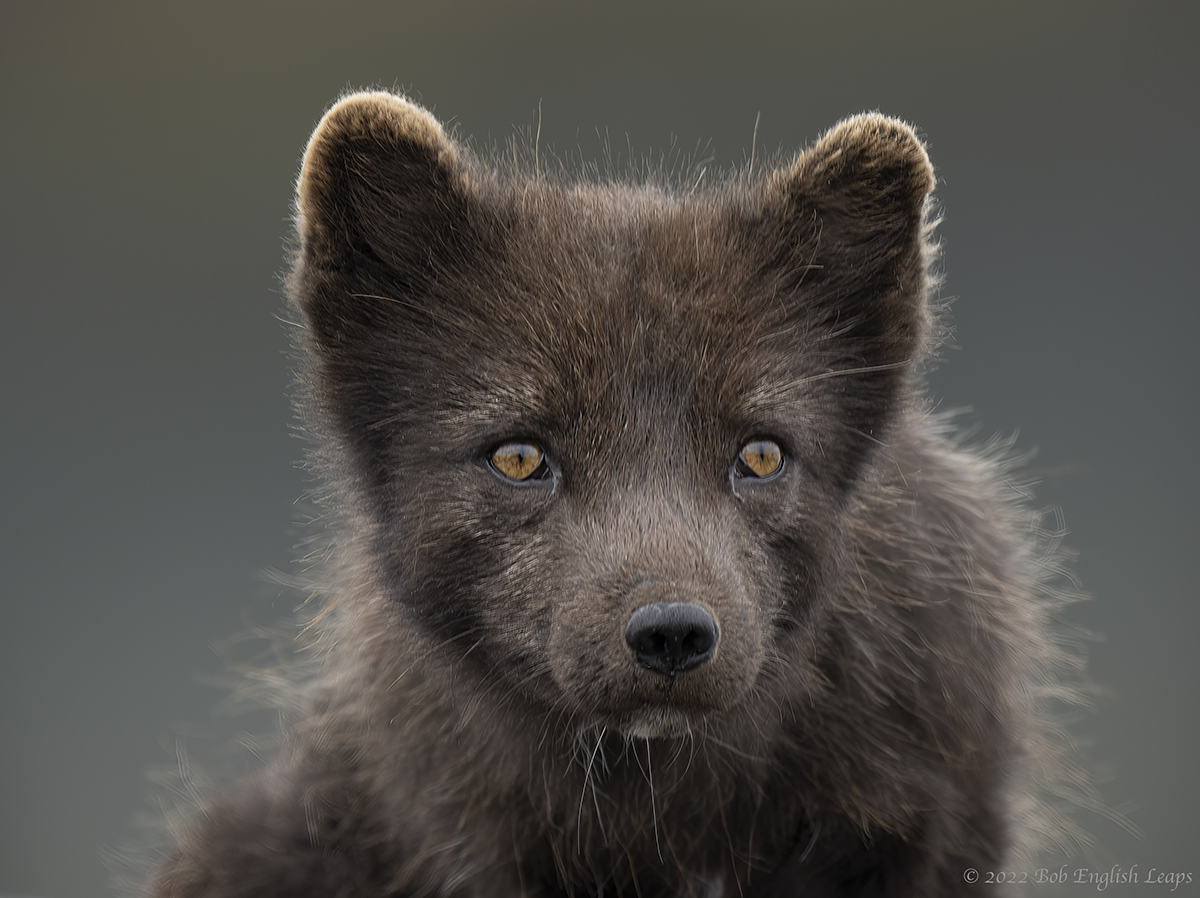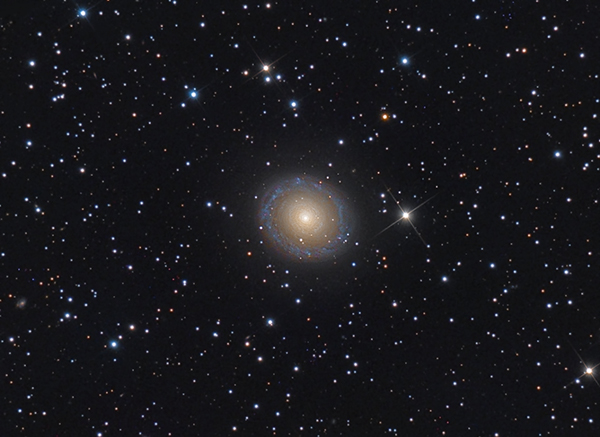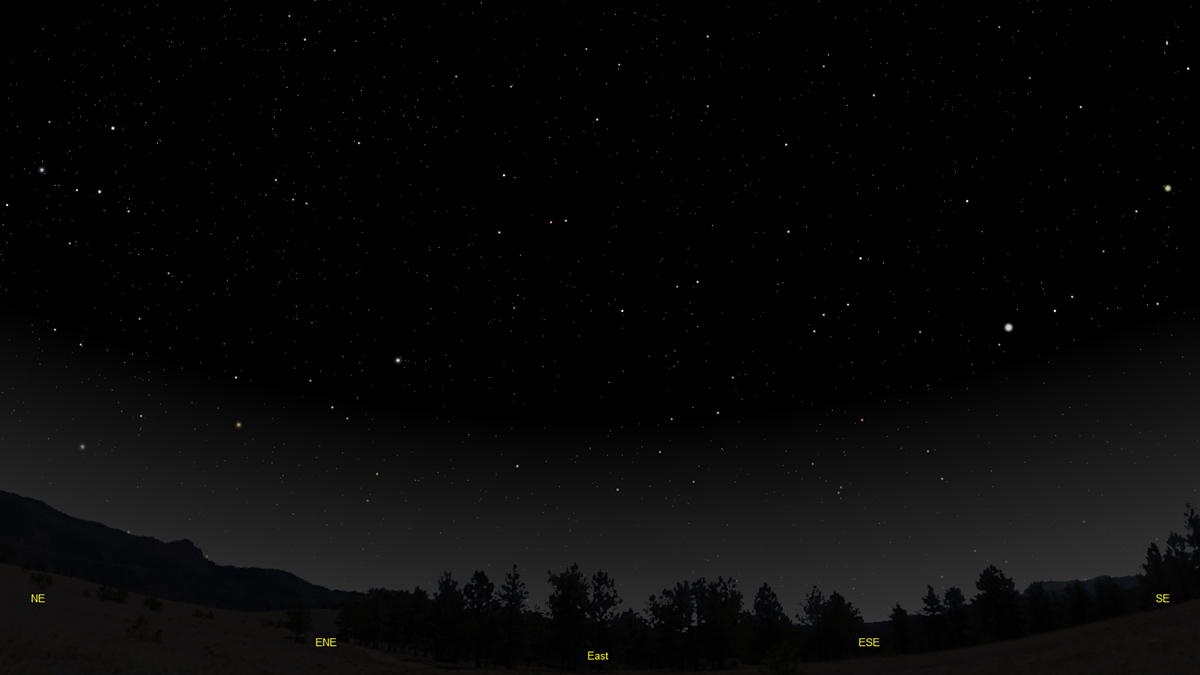The purpose of this feature is to give scout leaders, educators and naturalists an idea of some of the natural events coming up each month. We will try to cover a variety of natural events ranging from sky events to calling periods of amphibians, bird and mammal watching tips, prominent wildflowers and anything else that comes to mind. We will also note prominent constellations appearing over the eastern horizon at mid-evening each month for our area for those who would like to learn the constellations. If you have suggestions for other types of natural information you would like to see added to this calendar, let us know! Though we link book references to nationwide sources, we encourage you to support your local book store whenever possible.
Notes From July 2022 It's been a couple of weeks since I returned from my trip to Saint Paul Island, Alaska. I did the trip as part of a mentorship program by photographer Tin Man Lee. It turned out to be quite an adventure! I'm still going through more than 35,000 images taken during the birds-in-flight workshop, so I may add to this account in coming months.
The pilot came on the intercom and said that visibility at the airfield in Saint Paul was only one quarter of a mile, which wasn't enough to land safely, and that we would need from one half to three quarters of a mile visibility to land. If the visibility did not improve we would have to make the four hour return trip to Anchorage. Only a limited amount of fuel was left for circling, and we would only have enough gas for one landing attempt. Finally the pilot spoke again and said the visibility had improved to between one half and three quarters of a mile. We left the holding pattern to set up the approach to the runway. We saw absolutely nothing outside, even after the landing gear had come down. The airport is roughly a hundred yards or so from the eastern side of the island. After what seemed like an eternity, I saw, not more than 200 feet below, the surf as the waves crashed against the eastern cliffs. Then, after a few more seconds, the wheels touched down on the runway. This type of weather is not unusual for Saint Paul in the summer months. But the overcast skies were perfect for photography, allowing us to shoot all day and into the twilight that suffices for night at Saint Paul's high northern latitude. Standard clothing was an outer layer of rainwear covering layers of down and Smartwool. Cameras sometimes needed protection from blowing mist and rain. Temperatures were in the 40's and 50's.
Around the periphery of the island the wind has sculpted the sand dunes into all kinds of fantastic forms. In the interior, the peaks have been highly eroded over time. Over all, the maritime tundra lays like a soft blanket covering the bare bones of the land. On the high hills some erosion-resistant outcrops poke through the tundra, looking like sentinels. Walking over the tundra feels as if you took the top few inches of soil up and placed a five-inch cushion of foam rubber beneath it. It is lush, soft and giving. Wildflowers abound. Patches of Lupine, Alaska Poppies and Wooly Lousewort add splashes of blue, yellow and pink. In the interior of the island you find patches of Mossberry and Cloudberry. Everywhere you see breeding-plumaged Lapland Longspurs and Snow Buntings. The numerous cliff faces around the island provide breeding habitat for millions of seabirds. Common and Thick-billed Murres, Tufted and Horned Puffins, several species of Auklets, Black-legged and Red-legged Kittiwakes, Glaucous--winged Gulls and Northern Fulmars, are just some of the birds that nest here. I'm still going through the images, but below I'll just include a few that I like. Certainly the Tufted Puffins were among my favorites. They were tough to photograph in flight because they fly up to 55 miles per hour. It's hard to get the camera on them and acquire focus before they zip by. Their wings are a compromise between what works for flying in air and what works flying in water. They can dive to a depth of 300 feet or more in search of small fish and other prey. They use their wings to propel them through the water. The shorter wing that results from this combination of skills has a very high wing loading, and as a result they have to fly fast to fly at all.
Rather than approaching their nest area as a hawk would, they fly very low and fast right over the crashing waves, then pull up and convert their speed to altitude. They flap as they do this to try to hit their landing spot, but they often misjudge and have to make another circuit and try again. I had a lot of fun photographing and videoing the Tufted Puffins on the cliff ledges. One of the old nicknames for them that goes back to the 19th century is "old man of the sea." The have a very soulful appearance when you are observing them, and looking at them from behind they look like some strange race of beings wearing a heavy black coat and a black mantle over their shoulders. To really feel what it's like to be close to them, just imagine yourself perched on the edge of the cliff about 20 or 30 feet away from them. When I photographed this puffin I had one leg down in a hole near the edge, and the other leg up so I could lay in a prone position and steady the camera against the grass for the video. What you see in the video player below is exactly what I saw in my camera display as I was laying there. The background changes as the waves come in and crash against the rocks. Thick-billed Murres call near the beginning of the video. In the background you can hear the surf. Horned Puffins also occur in large numbers on the cliff faces. Like the Tufted Puffin, they look quite drab when they are not in breeding plumage. There are structural changes to the bill and to some of the facial features like the "horns" when they are not breeding.
Looking a little like the original angry bird, this Least Auklet appears to be ready to answer your questions on who owns the rock beneath it. It is one of four species of auklets we photographed on the island.
These two Black-legged Kittiwakes were performing a courtship dance. If you did not look closely at them, you might think them to be rather plain. But they have a very thin bright crimson eye ring, and a thin line of crimson at the edges of their bills. With these kittiwakes it was all about the bill. The inside of the bill is a bright crimson red, and in their dance they stand with their breasts together, and then bob and weave and open their bills to show off the crimson interior. I noticed that one kittiwake, I don't know which sex, had a tiny bit of feathers on the end of its bill. Then, a few minutes later, I saw it take a little "love-bite" just beneath the bill of the other kittywake, pulling the skin out a bit as it did so. Mystery solved.
Hundreds of thousands of Fur Seals breed along shorelines of the Pribilof Islands. This group of Fur Seals with young looked quite content.
How many times have you lain in bed and wondered, "Do seals have fingernails?" Okay, me neither, but I did chance upon the answer while we were at one of the many Fur Seal rookeries on Saint Paul. Hundreds of thousands of Fur Seals breed here. I'll let you see for yourself in the image below. The nails are at the end of the finger bones. The rest of the flipper is stiffened by cartilage.
The "blue phase" of the Arctic Fox occurs on the island, and we were fortunate to photograph this mother and her kits. The mother was never far away from the young, always watching over them. Some, but not all of these foxes will morph into an all-white coat during the winter months.
The white "blaze" on the foreheads of the young kits is said to be unique to the foxes on the Pribilof Islands.
The siblings gathered for this portrait. They varied quite a bit in size, and it really seemed like the older siblings watched out for the younger ones. We were fortunate to get to see a lot of playful interaction between them.
My exit from the island was complicated by the fact that on the day before I was supposed to fly out I had symptoms of Covid-19 and tested positive. That was followed by five days of isolation. Then my plane flight off the island was cancelled twice because of bad weather. Finally, on July 15th, I left Saint Paul Island at 5:00pm. I travel continuously for 20 hours to get home; From Saint Paul to Anchorage, from Anchorage to Salt Lake City, from Salt Lake City to Atlanta, and then the drive back to Cloudland. Driving back up Lookout Mountain I gazed up at the trees alongside the highway with newfound wonder. How incredible they are! After two weeks without a tree I was ready to turn in my driveway and have my small grove of Oaks and Sand Hickories welcome me back. Would I do it again? Of course, Saint Paul Island has incredible habitats and it's an essential sanctuary for the diverse wildlife it supports. I learned a lot! But it was nice to be home. Later I welcomed back another wonder. I walked outside and for the first time in two weeks, the night was dark! Perspective is a gift that works both going and coming back. I stood on my porch and listened to the katydids calling from the trees. A distant bullfrog called. I drank in the cool night air and looked up at the stars.
I rolled my window down and took my time. Suddenly I heard it! Two introductory "tic tic" notes and then a long buzzy call; tic tic zzzzzzzzzzzzzzzzz! I looked for it and saw it on the fence diagonally across the road from me, barely more than the minimum focus distance for my lens. Sometimes things just work out right! I was on a long straight-away with plenty of sight distance, so I simply cut the engine and managed to get several sequences before another car appeared and frightened it away. Grasshopper Sparrows also have a song that they sing that is a series of buzzy phrases. I hear it during the summer months. The nests are said to be a cup of grass lined with fine grass and sometimes hair, often hidden by overhanging vegetation. This species can occur in the winter months here, but I have never heard them until spring. It's always nice to hear on my walks. Sky Events for August 2022 The Perseid Meteor Shower peaks during the morning hours on August 12-13th. A nearly full Moon will brighten the sky, making the fainter meteors difficult to see this year.Evening Sky:
Saturn rises about 38 minutes after sunset at the beginning of the
month in Capricornus. Saturn's position can be seen in the
constellation chart below. Saturn comes to opposition on August
14th. Jupiter rises about two hours after Saturn in Cetus. An app
like Sky Safari or Sky Guide (see the recommended app list below)
will make finding the planets a breeze. Both planets will be well
placed for viewing this fall.
Morning Sky:
Venus
is getting closer and closer to sunrise this month, appearing a
little lower each day.
Mars
rises around 1:18am EDT at the beginning of the
month in Taurus. The red planet is slowly brightening and getting larger
in telescopic views as it moves toward opposition in December.
Constellations:
August 15th, 10:30pm EST, Looking East On Learning the
Constellations: Try to learn a few constellations each month, and then following them through the seasons. Once you associate a particular constellation coming over the eastern horizon at a certain time of year, you may start thinking about it like an old friend, looking forward to its arrival each season. The stars in the evening scene above, for instance, will always be in the same place relative to the horizon at the same time and date each August. Of course, the planets do move slowly through the constellations, but with practice you will learn to identify them from their appearance. In particular, learn the brightest stars for they will guide you to the fainter stars. Once you can locate the more prominent constellations, you can "branch out" to other constellations around them. It may take you a little while to get a sense of scale, to translate what you see on the computer screen or mobile device to what you see in the sky. Look for patterns, like the stars that make up the "Square of Pegasus."
The earth's rotation causes the constellations to appear to
move across the sky just as the Sun and the Moon appear to do. If you go
outside earlier than the time shown on the charts, the constellations will be
lower to the eastern horizon. If you observe later, they will have climbed
higher.
As each season progresses, the earth's motion around the Sun causes the constellations to appear a little farther towards the west each night for a given time of night. If you want to see where the constellations in the above figures will be on September 15th at 10:00pm EDT, you can stay up till midnight on August 15th and get a preview. The westward motion of the constellations is equivalent to two hours per month. Recommended: Sky & Telescope's Pocket Star Atlas is beautiful, compact star atlas. A good book to learn the constellations is Patterns in the Sky, by Hewitt-White. For sky watching tips, an inexpensive good guide is Secrets of Stargazing, by Becky Ramotowski.
A good general reference book on astronomy is the Peterson
Field Guide,
A Field Guide to the Stars and Planets, by Pasachoff. The book retails for around $14.00.
The Virtual Moon Atlas is a terrific way to learn the surface features of the Moon. And it's free software. You can download the Virtual Moon Atlas here. Apps: The Sky Safari 6 basic version is free and a great aid for the beginning stargazer. I really love the Sky Safari 6 Pro. Both are available for iOS and Android operating systems. There are three versions. The Pro is simply the best astronomy app I've ever seen. The description of the Pro version reads, "includes over 100 million stars, 3 million galaxies down to 18th magnitude, and 750,000 solar system objects; including every comet and asteroid ever discovered." You may also want to try the very beautiful app Sky Guide. Though not as data intensive as Sky Safari, Sky Guide goes all out to show the sheer beauty of the night sky. Great for locating the planets. A nother great app is the Photographer's Ephemeris. Great for finding sunrise, moonrise, sunset and moonset times and the precise place on the horizon that the event will occur. Invaluable not only for planning photographs, but also nice to plan an outing to watch the full moon rise. Available for both androids and iOS operating systems.
Amphibians:
Listen for Cope's Gray Treefrogs, Gray Treefrogs, Bird-Voiced Treefrogs, Green Treefrogs and Barking Treefrogs. Northern Cricket Frogs and Southern Cricket Frogs are still calling, as are American Bullfrogs and Green Frogs. Spring Peepers have a much higher, shorter call this time of year. On cooler nights listen for American Toads, but be wary of the many calling tree crickets this time of year. After heavy rains listen for the high, insect-like call of the Eastern Narrow-mouthed Toad and the strange-sounding Eastern Spadefoot. Recommended: The Frogs and Toads of North America, Lang Elliott, Houghton Mifflin Co. Archives Natural Calendar December 2021 Natural Calendar November 2021 Natural Calendar September 2021 Natural Calendar February 2021 Natural Calendar December 2020 Natural Calendar November 2020 Natural Calendar September 2020 Natural Calendar February 2020 Natural Calendar December 2019 Natural Calendar November 2019 Natural Calendar September 2019 Natural Calendar February 2019 Natural Calendar December 2018 Natural Calendar November 2018
Natural Calendar December 2017 Natural Calendar November 2017 Natural Calendar October 2017Natural Calendar September 2017 Natural Calendar February 2017 Natural Calendar December 2016 Natural Calendar November 2016 Natural Calendar September 2016Natural Calendar February 2016 Natural Calendar December 2015 Natural Calendar November 2015 Natural Calendar September 2015 Natural Calendar November 2014 Natural Calendar September 2014 Natural Calendar September 2013 Natural Calendar December 2012 Natural Calendar November 2012 Natural Calendar September 2012 Natural Calendar February 2012 Natural Calendar December 2011 Natural Calendar November 2011 Natural Calendar September 2011 Natural Calendar December 2010 Natural Calendar November 2010 Natural Calendar September 2010 Natural Calendar February 2010 Natural Calendar December 2009 Natural Calendar November 2009 Natural Calendar September 2009 Natural Calendar February 2009 Natural Calendar December 2008 Natural Calendar November 2008 Natural Calendar September 2008 Natural Calendar February 2008 Natural Calendar December 2007 Natural Calendar November 2007 Natural Calendar September 2007 Natural Calendar February 2007 Natural Calendar December 2006 Natural Calendar November 2006 Natural Calendar September 2006 Natural Calendar February 2006
Natural Calendar December 2005
Natural Calendar November 2005
Natural Calendar September 2005
Natural Calendar February 2005
Natural Calendar December 2004
Natural Calendar November 2004
Natural Calendar September 2004
Natural Calendar February 2004
Natural Calendar December 2003
Natural Calendar November 2003 Natural Calendar February 2003 Natural Calendar December 2002 Natural Calendar November 2002 Nature Notes Archives: Nature Notes was a page we published in 2001 and 2002 containing our observations about everything from the northern lights display of November 2001 to frog and salamander egg masses. Night scenes prepared with The Sky Professional from Software Bisque All images and recordings © 2022 Leaps
|
|
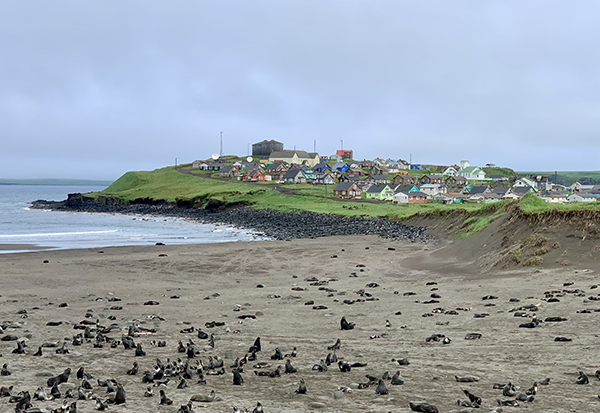
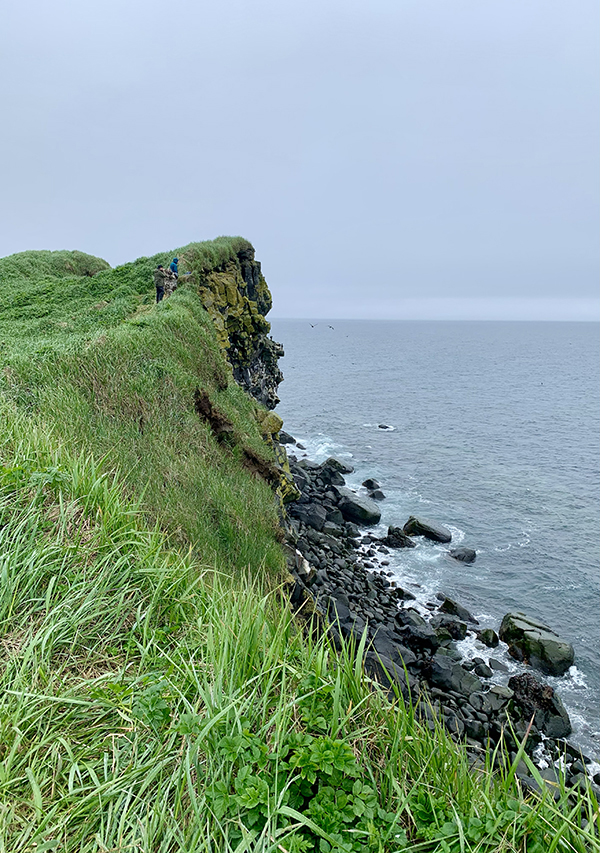
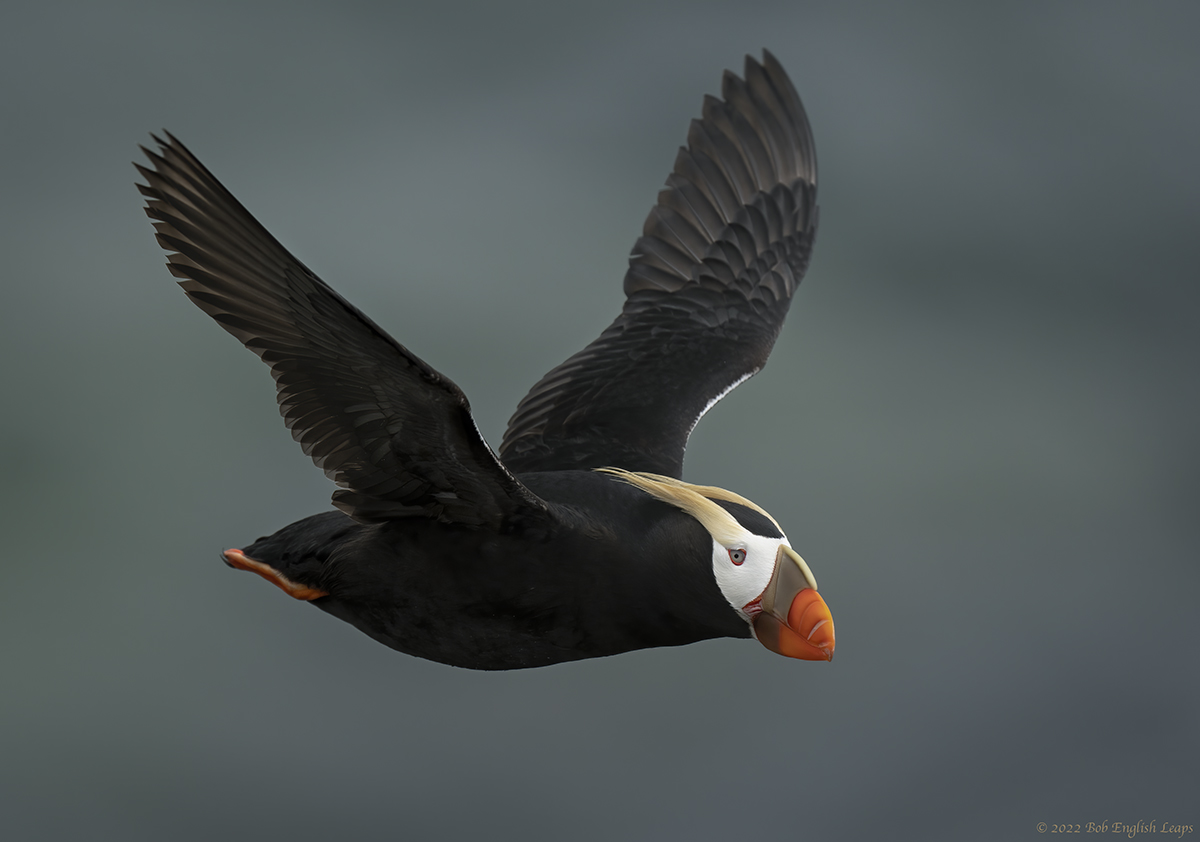



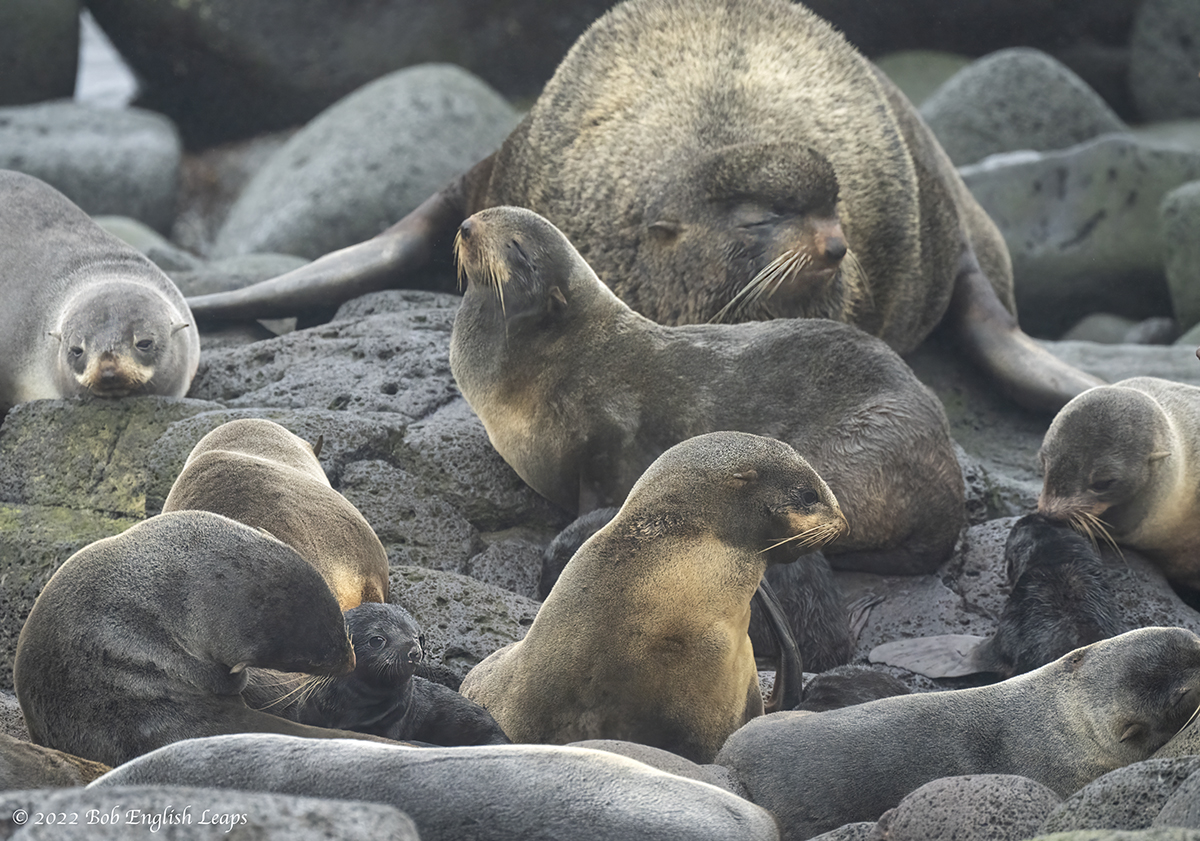
.jpg)
